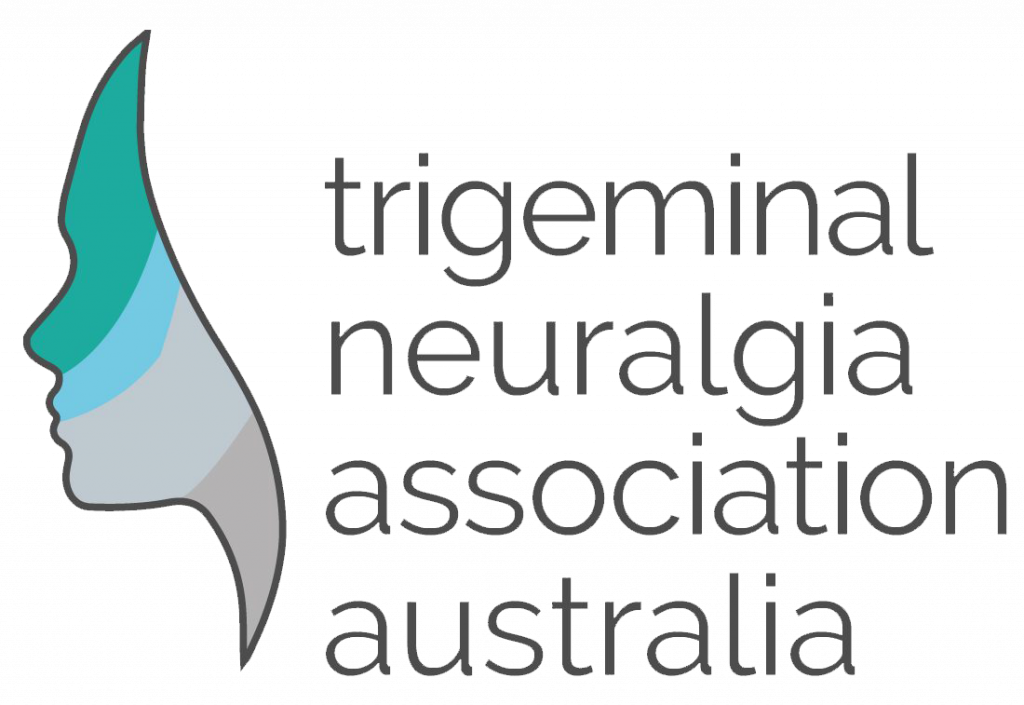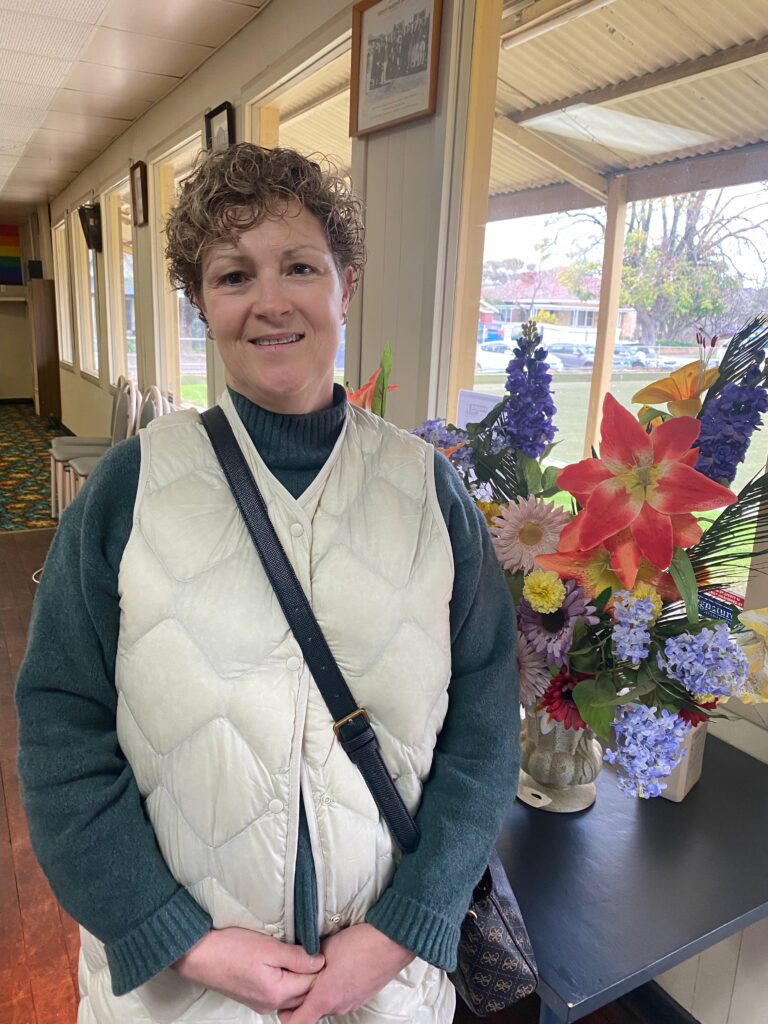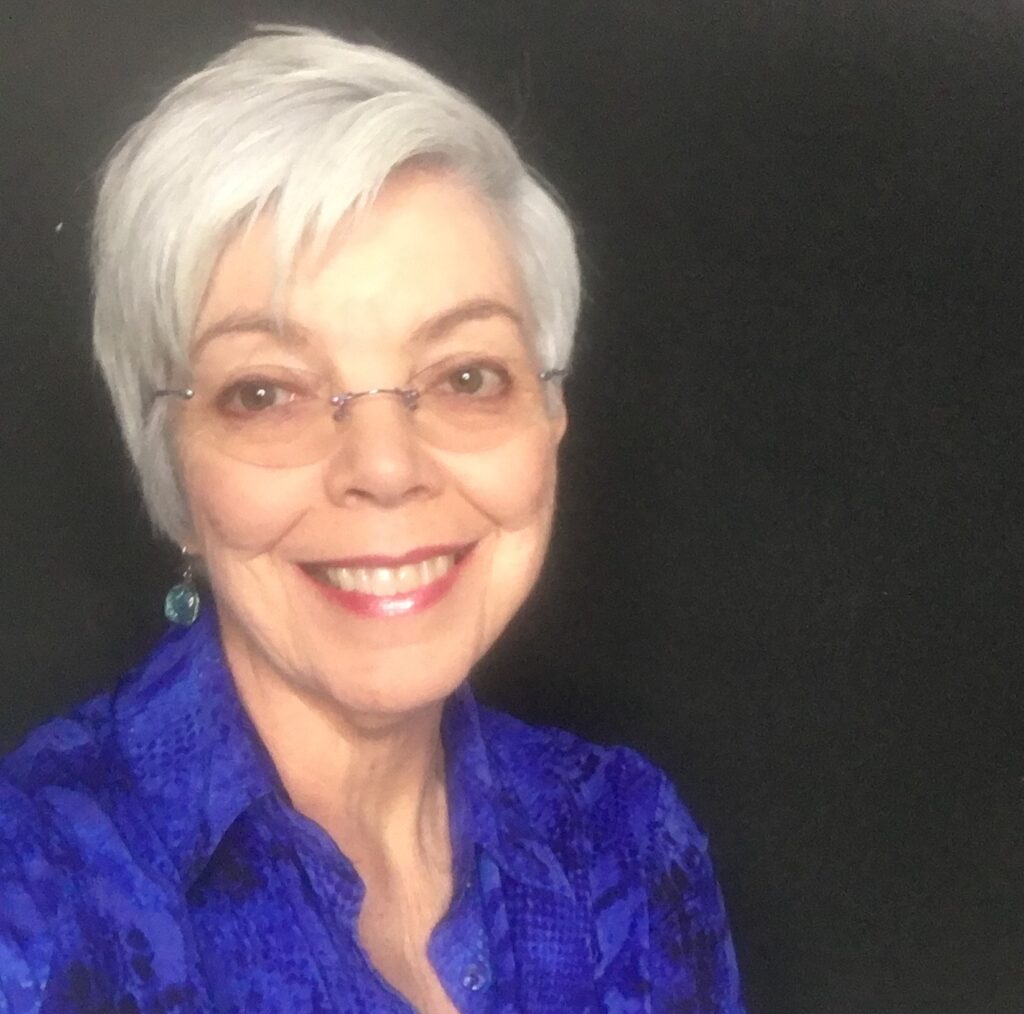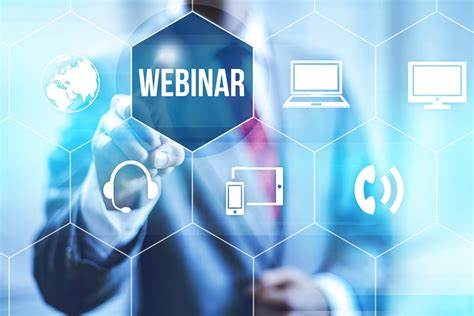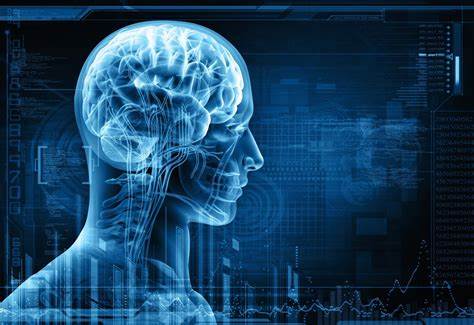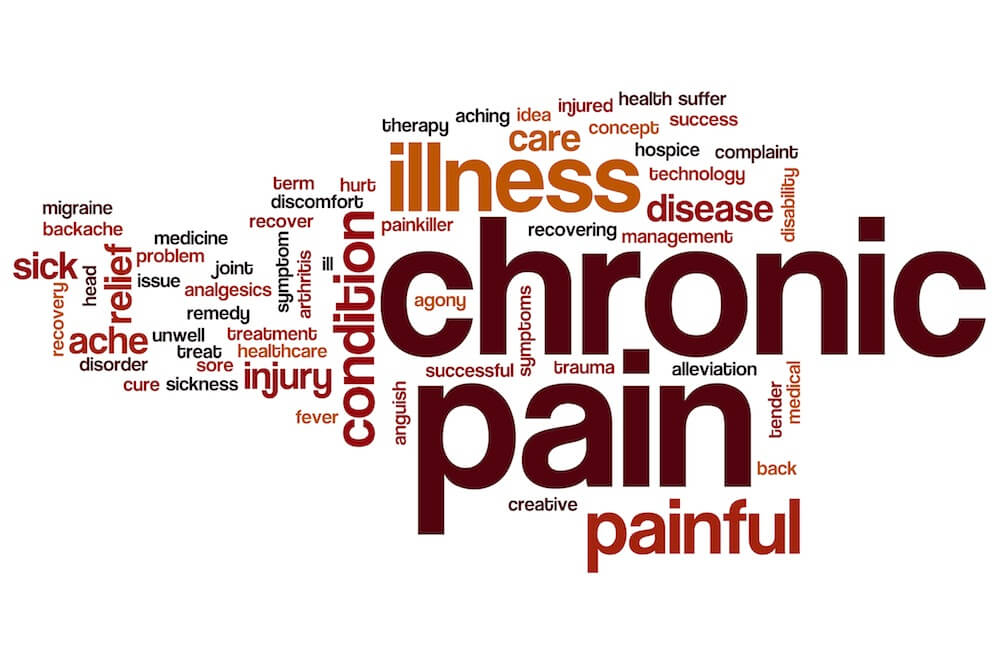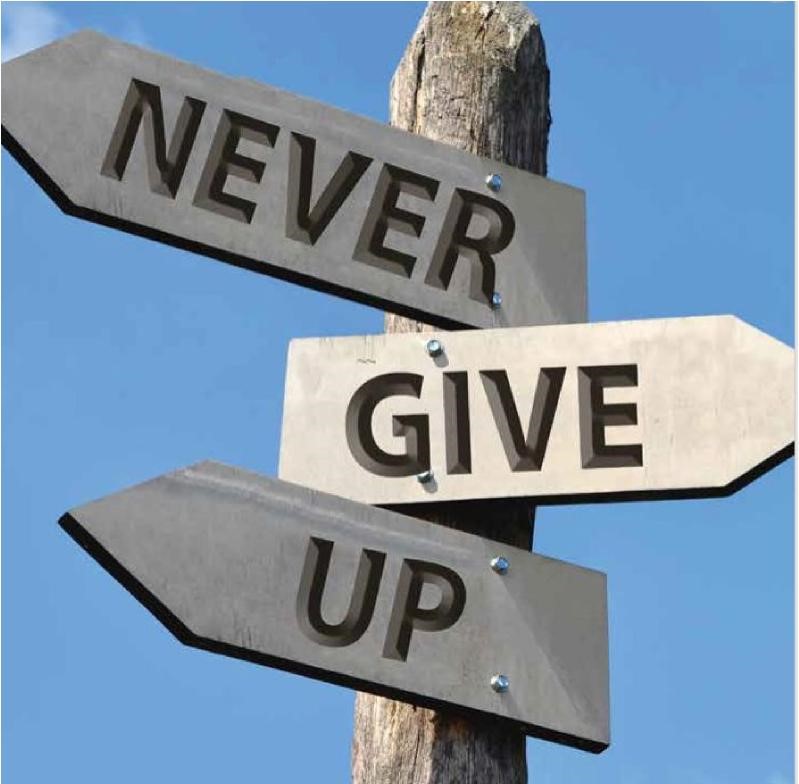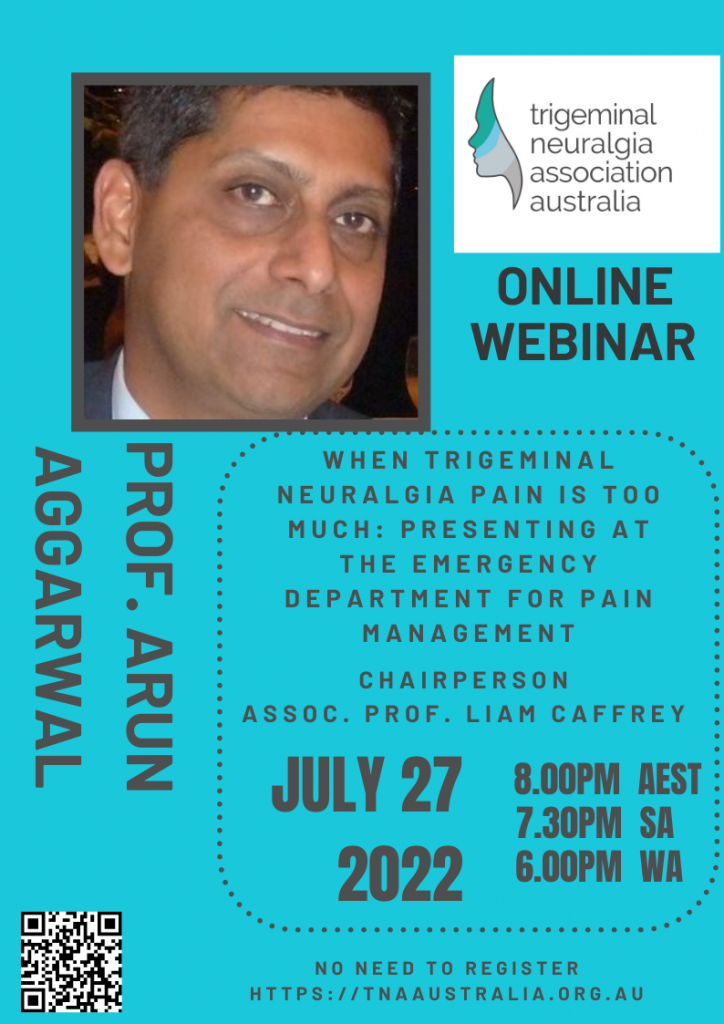managing trigeminal neuralgia
Hints & Tips – Tina Stubbs
President’s Reflections – May 2023
6.1 A Summary of Research on Medical Marijuana for Neuropathic Facial Pain
FACIAL PAIN: A 21st CENTURY GUIDE For People with Trigeminal Neuralgia Neuropathic Pain 6.1 A Summary of Research on Medical Marijuana for Neuropathic Facial Pain By Anne Brazer Ciemnecki, MA specialist in health and economic policy (USA). The intent of this section is to provide sufficient information about medical marijuana so that those with trigeminal…
Webinar – Dr Jeremy Russell
5.2 Acupuncture
FACIAL PAIN: A 21st CENTURY GUIDE For People with Trigeminal Neuralgia Neuropathic Pain 5.2 Acupuncture Gary Stanton, MD Acupuncture is an option in the treatment of TN. Acupuncture was developed in China 2,500 to 3,000 years ago, or perhaps even earlier than that. Traditional acupuncture was conceptualized in traditional Chinese terms, with constructs such as…
Neuromodulation – for Trigeminal Neuralgia
The Dialectic of Pain: Synthesizing Acceptance and change
4 What to Do When Your Surgeon Says There is Nothing Left to Do
FACIAL PAIN: A 21st CENTURY GUIDE 4 What to Do When Your Surgeon Says There is Nothing Left to Do For People with Trigeminal Neuralgia Neuropathic Pain By Jeffrey A. Brown, MD (USA) You think you will have a microvascular decompression (MVD), but there is no compression. Your pain returned after your MVD, and your doctor…
